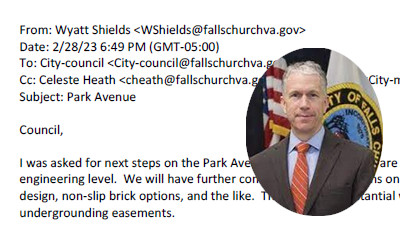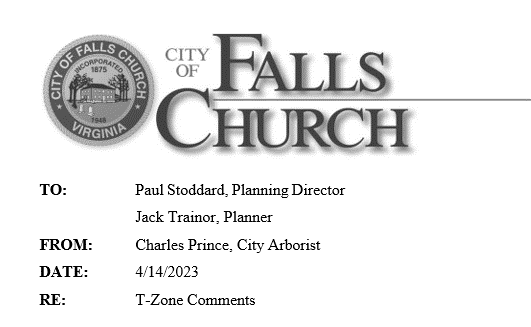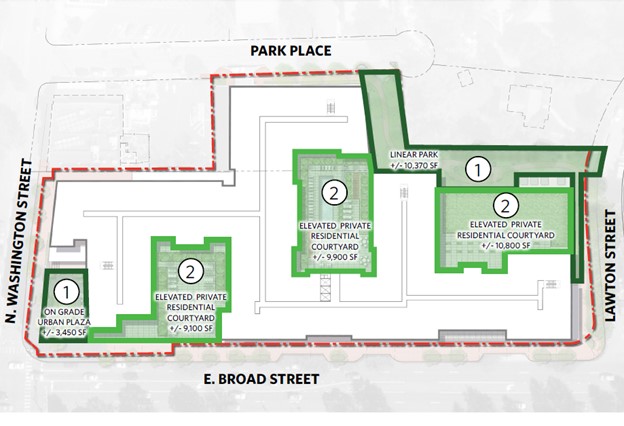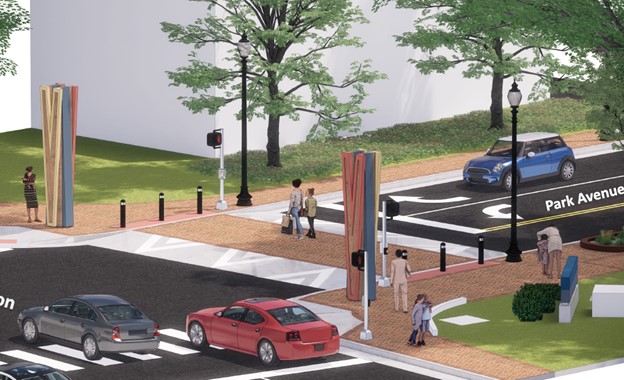City Manager Explains Why No Bike Lanes In Park Avenue Design
From: Wyatt Shields <WShields@fallschurchva.gov>
Date: 2/28/23 6:49 PM (GMT-05:00)
To: City-council <City-council@fallschurchva.gov>
Cc: Celeste Heath <cheath@fallschurchva.gov>, City-manager <City-manager@fallschurchva.gov>
Subject: Park Avenue
Council,
I was asked for next steps on the Park Avenue project. The plans are currently with VDOT for their review at the 60% engineering level. We will have further community input sessions on design details relating to the details of intersection design, non-slip brick options, and the like. There will be substantial work with adjacent property owners on the utility undergrounding easements.
My direction to staff was to proceed with the concepts that were developed by the design team in the 60 percent review by VDOT. The basis of the direction was on the technical merits of achieving the City’s stated goals for this project in the grant applications and CIP planning process. And on the basis of community feedback received during the walking tour.
The questions raised and responses given during the tour are documented in the attached staff write up from last August.
Since then, there were follow up questions from members of the CACT on whether the traffic counts and speeds conform with the requirements for a Bike Boulevard. The attached letter from Volkert documents their findings that it does conform to those requirements, and lists the other positive attributes of this approach.
The design team hired by the City includes well respected bicycle infrastructure proponents. The Bicycle Boulevard concept is the most progressive solution we have seen – it will enhance the human liveliness of the street, improve safety, tree canopy and shade, and allow our local independent businesses to thrive. Conversely, the dedicated bike lane options resulted in reduction of tree canopy, reduction of on street parking, reduction of pedestrian safety, and likely higher vehicle speeds as on street parking in a busy commercial district as a most effective traffic calming measure.
As a practical matter, the City would have great difficulty obtaining easements from the business owners along the street for utility undergrounding work, if the project was perceived as harming them by taking away on-street parking.
As noted above, there will be future community meetings where further design details will be discussed – there were a wide range of more detailed concerns relating to sidewalk materials (brick) intersections design, tree plantings, and the like. However, for the reasons discussed during the walking tour the dedicated bike lane concept was not included in the 60 % plans that were submitted to VDOT.
Wyatt
Editor’s Note:
Volkert, Inc. explains the Bike Boulevard as:
“.. typically a street with low motorized traffic volumes and speeds, as well as traffic calming measures, like those proposed for Park Avenue, to slow motor vehicle speeds and discourage cut through traffic. They are designated to encourage sharing of the travel lanes and designed to improve quality of life for the local community.”
Volkert’s letter to the City explaining this concept is available here.







